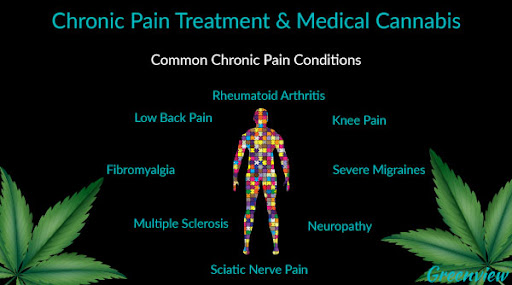Many people who are currently taking opioids to manage their chronic pain are considering switching to a more natural alternative like cannabis, and personally, I don’t blame them. There are currently 36 states in the United States that have legalized medical marijuana, and many of these states have listed chronic pain as one of the qualifying conditions in their medical marijuana program. A recent article written in Forbes actually highlighted new studies that are describing many states' success with their medical marijuana programs.
More specifically, these states are seeing lower reliance on opioids like fentanyl and oxycontin for medical patients who are dealing with severe levels of chronic pain or something like that. This is huge news for our country, especially while we are currently facing an opioid epidemic. Other studies in the similar vein was the one in Forbes pointed out that states that allow patients to obtain medical marijuana cards have 25% fewer opioid overdoses. Honestly, all of this information begs the question - why hasn’t medical marijuana been legalized on a federal level?
Regardless of how you may feel about cannabis and the stigma surrounding it, you cannot deny that using medical marijuana is objectively more natural and risk free than using something like opioids. Hopefully, state and federal governments are able to come to their senses in this regard; otherwise, we may not see an end to the opioid crisis in our country for quite some time.
So how does one suffering with chronic pain go about getting their own medical marijuana card? Well, it is important to keep in mind that it differs and varies by state, so the process is not the same across the whole country. However, today we are going to be looking at the state of Oklahoma and how one can go about getting their medical marijuana card in this state. Firstly, patients must be over the age of 18 in order to start the process of applying for medical grade cannabis.
In addition, it is important to note that the state of Oklahoma does not restrict the use of cannabis to only certain qualifying conditions. If you are able to get your doctor’s approval and then be referred, you are pretty much good to go. The thing about chronic pain is that it is often hard to diagnose and can manifest itself in a lot of different ways. The CDC actually reported that, in 2018, there were about 20.4% of adults in the United States suffering from chronic pain, and 8% of those suffering from severe chronic pain. For people that are dealing with this kind of pain, just getting through the day can be too difficult without the help of medical intervention (like medical marijuana).
Chronic pain can be extremely debilitating for a lot of patients. For some people, their pain is unbearable and can keep them out of work, in poverty, or without sleep. The great thing about medical marijuana is that it is generally considered risk free and can be taken or consumed in a variety of ways. Some people prefer to smoke their weed, while others enjoy taking edibles or tinctures.
For people with chronic pain that are just trying to survive, medical marijuana can make a huge difference in their lives. You honestly don’t know how bad it is to live with chronic pain until you experience it yourself. I hope that you learned something from reading this article and that you can find medical marijuana as an effective treatment option for managing your chronic pain. Come back next week to read about the time that I smoked weed in my grandma’s sauna.




Great tips regrading Marijuana Perfect for the Weekend. You provided the best information which helps us a lot. Thanks for sharing the wonderful information.
ReplyDelete